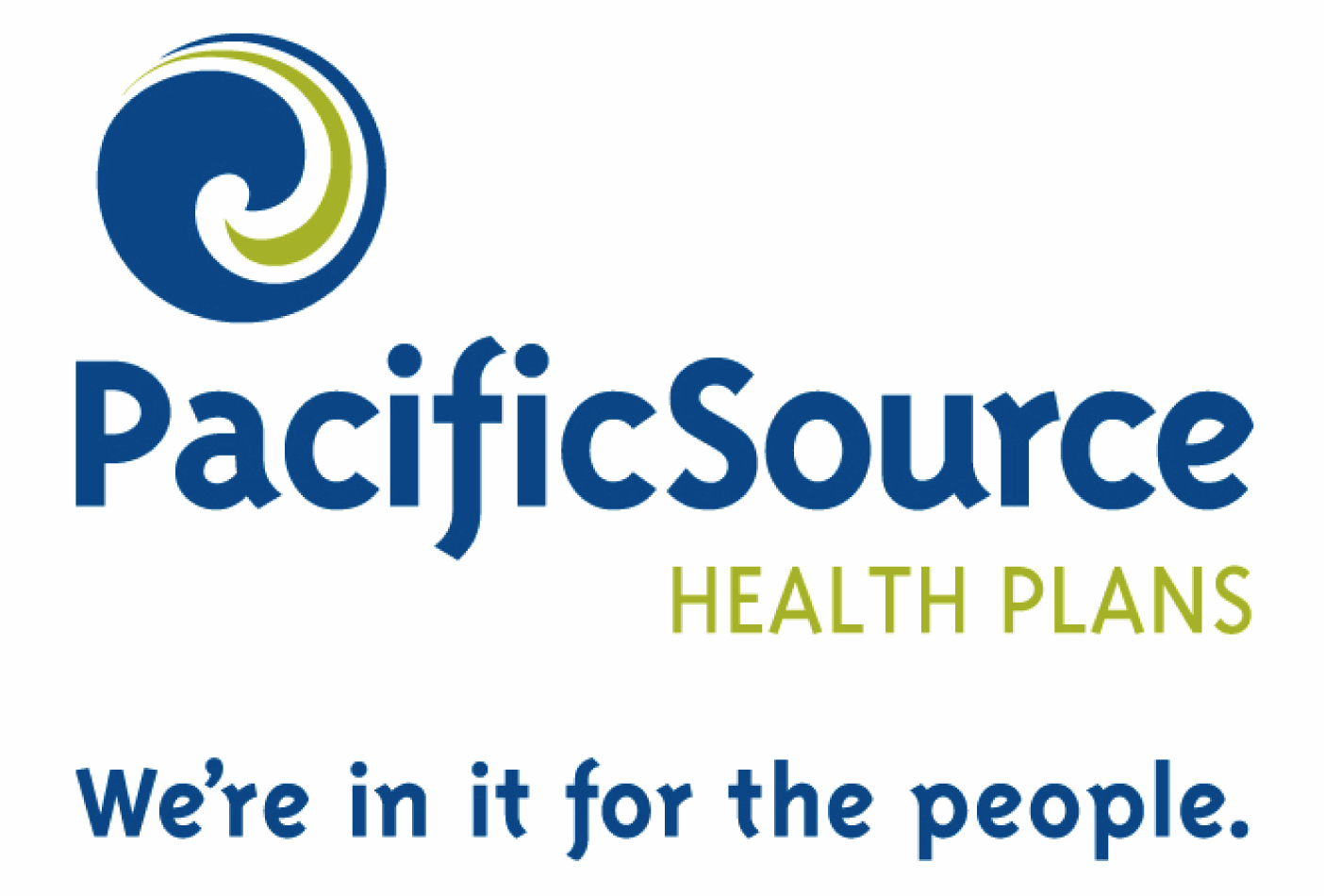This week the Oregonian carried an AP story on the latest report from the CMS (Medicare/Medicaid) Office of the Actuary. Bottom line:
The nation’s health care tab is on track to hit $4.6 trillion in 2020, accounting for about $1 of every $5 in the economy, government number crunchers estimate in a report released today…Compare it to this year, when U.S. health care spending is projected to top $2.7 trillion, about $8,650 per capita, or roughly $1 of $6 in the economy. Most of those dollars go to provide care for the sickest people.
The AP story discusses what the Actuary’s Office sees as the effect of the federal health reform law (Patient Protection and Affordable Care Act):
The analysis found that President Barack Obama’s health care overhaul would only be a modest contributor to growing costs, even though an additional 30 million otherwise uninsured people stand to gain coverage.
Instead, health care spending keeps growing faster than the economy because of high cost of medical innovations and an aging society that consumes increasing levels of service.
Many of the newly insured people under the health care law will be younger and healthier, so they cost less. Over a million young adults under age 26 have already gained coverage through their parents’ insurance. Millions more will get insurance when the law’s big coverage expansion kicks off in 2014.
That year, health care spending will jump by 8 percent. But over the 2010-2020 period covered by the estimate, the average yearly growth in spending will be only 0.1 percentage point higher than without Obama’s overhaul. Most of the newly insured are not expected to require much pricey hospital care, generally needing only doctor visits and prescription drugs.
Another reason for the optimistic prognosis is that cuts and cost controls in the health care law start to bite down late in the decade. However, the same nonpartisan Medicare experts who produced Thursday’s estimate have previously questioned whether that austerity will be politically sustainable. If hospitals and other providers start going out of business, Congress may reverse the cuts.
Read the AP story here.
One more thing: The AP story concludes by mentioning a new report from the Commonwealth Fund that finds that “Health care spending in the U.S. towers over the other countries.” I looked up that report. It’s Overview states:
The U.S. has fewer hospital beds and physicians, and sees fewer hospital and physician visits, than in most other countries. Prescription drug utilization, prices, and spending all appear to be highest in the U.S., as does the supply, utilization, and price of diagnostic imaging. U.S. performance on a limited set of quality measures is variable, ranking highly on five-year cancer survival, middling on in-hospital case-specific mortality, and poorly on hospital admissions for chronic conditions and amputations due to diabetes.
The Overview diplomatically concludes that, “Findings suggest opportunities for cross-national learning to improve health system performance.” I’m guessing that this “cross-national learning” will show that if you do a better job of preventing and managing chronic illness, you can dramatically lower health care costs. This is something that the CMS Office of the Actuary report doesn’t really discuss. You can download the Commonwealth Fund’s Issue Brief, The U.S. Health System in Perspective: A Comparison of Twelve Industrialized Nations (PDF).”










I’m not used to reading blogs so I’m not sure who is writing this message. I only wonder because of the first person references at the end of the message. Since I’m new to reading this I also wonder who writes the summaries shown as “overview.”
Hi Roger,
The author of the post is listed at the top. It can be one of several people. In this case it is me (Rick Ray).
The Overview in this case is a quote (hence the large quotation mark) from the actual summary of the study, which the Commonwealth Fund labels as “Overview.” If you follow the link to the report you can find it there.
Thanks for reading!